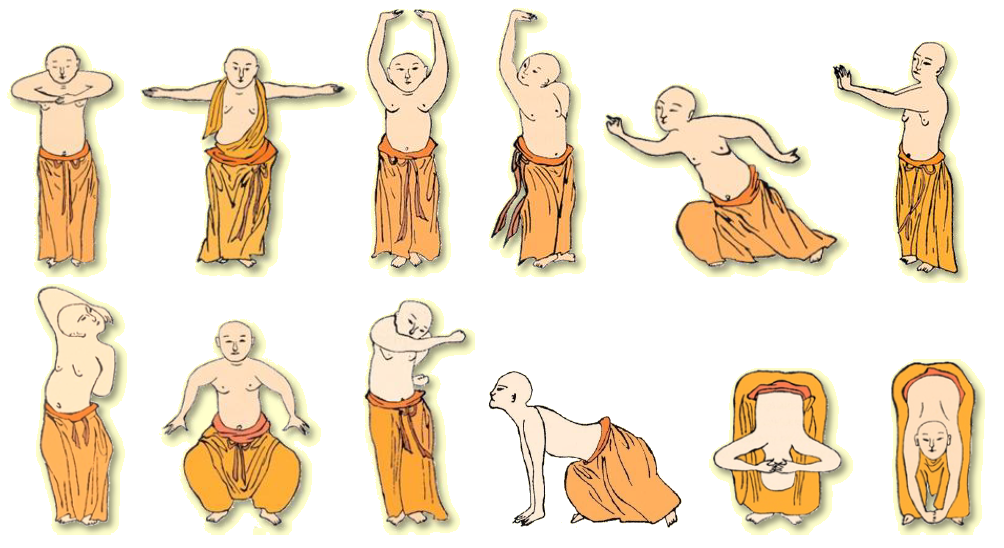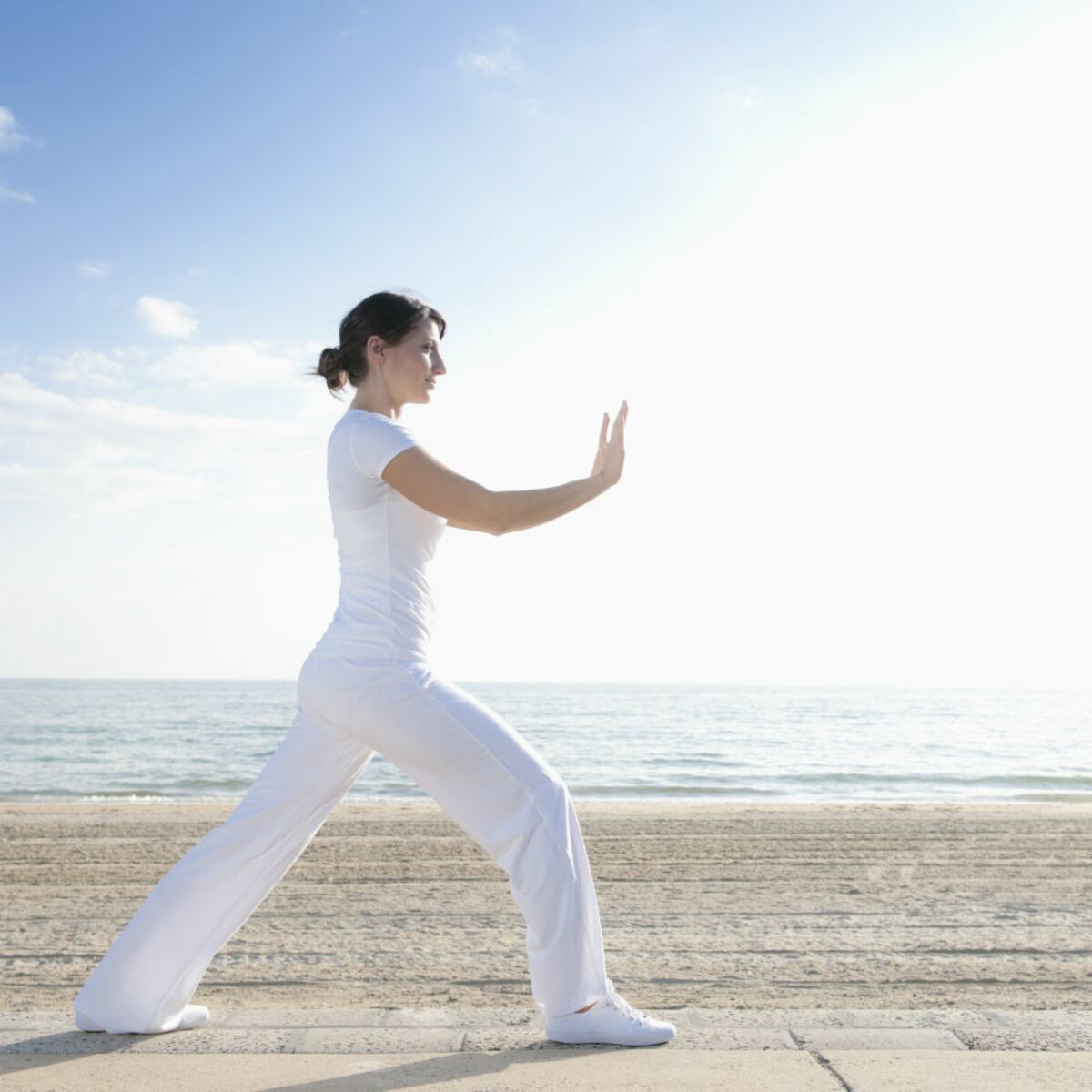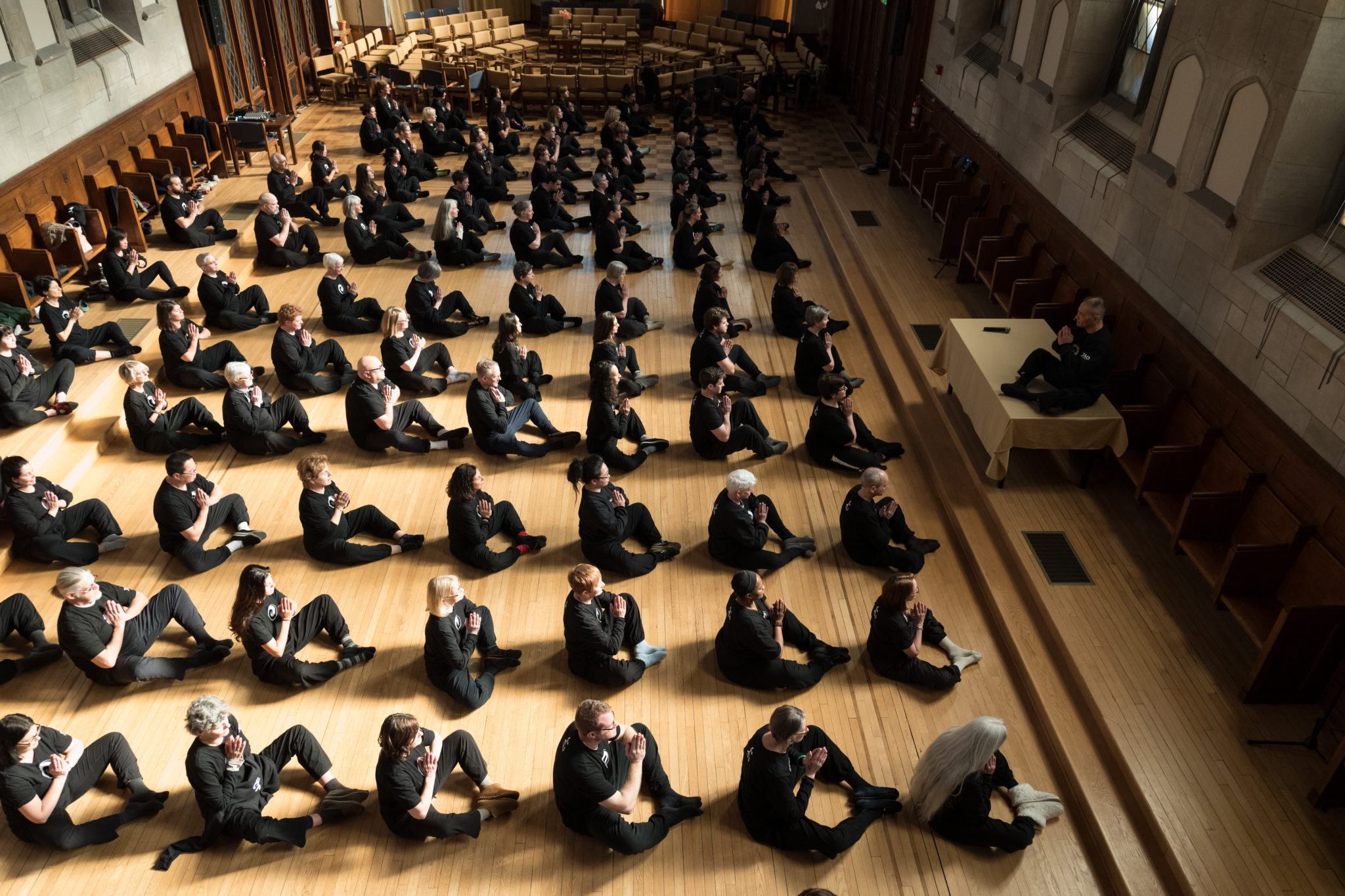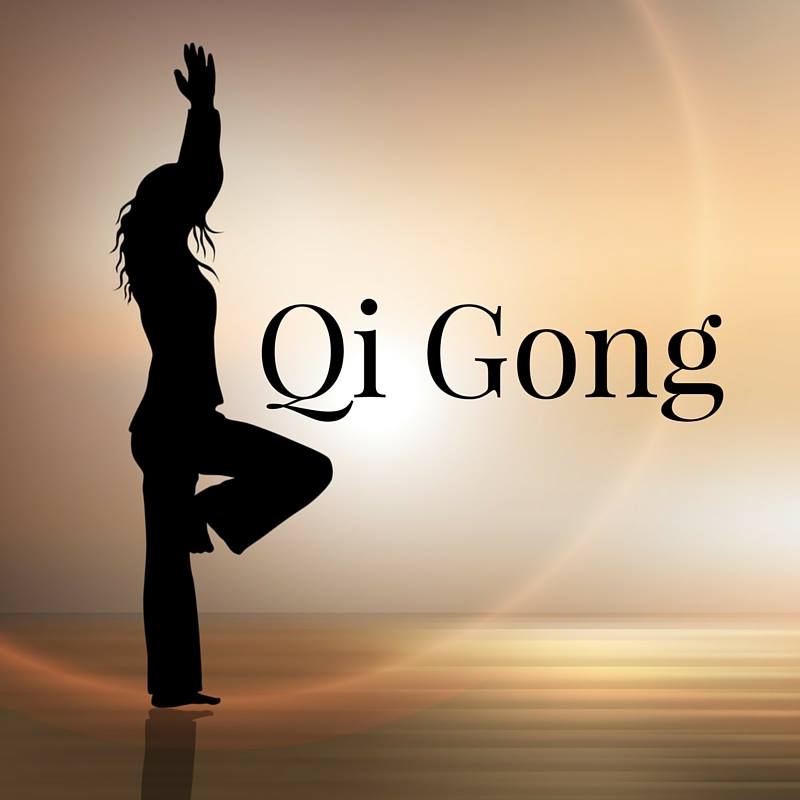En images : un exercice de Qi Gong pour bien commencer la journée
Yijin Jing
According to legend, the Yijin Jing was said to be left behind by Bodhidharma after his departure from the Shaolin Monastery, and discovered within his grave (or hidden in the walls of the temple) years after he had left (or died). It was accompanied by another text, the Xisui Jing, which was passed to a student of Bodhidharma's, but has not survived to the modern day.
- Read more about Yijin Jing
- 1 comment
- Log in to post comments
Qigong for Beginners how This Ancient Chinese Practice Can Bring Zen to Your Day
How intentional was your day today?
Do you feel tense? Are you angry and don’t know why?
Cultivating and directing the energy inherent within us can be a vital tool for reducing stress in our busy day-in and day-out schedules.
When you coordinate your breath, intention, and physical movements throughout your day, you can find relaxing pockets of positivity wherever you are! That’s why I’d like to introduce you to qigong, explain some of the many qigong benefits and what you can do as a beginner to develop your life force and reduce anxiety.
Origins of Wu Ming Qigong
Wu Ming Qigong—which descends directly from the ancient Taoist masters Lao Tzu and Zhuang Tze. In the Tao Te Ching, the classic text authored by Lao Tzu sometime around 500 B.C.E., “wu ming” means “no name” or “nameless” and refers to the Universal as it exists beyond time, space and all physical matter. Wu ming points to the original natural source from which flows the energy and essence of all things.
- Read more about Origins of Wu Ming Qigong
- Log in to post comments
Finding a Qigong Master
Finding the right teacher and system is really more of an art than a science. Because Qigong is such a powerful energy practice, great care should be given to selecting a teacher or school. This process is not made easy by the fact that there are literally thousands of systems.
- Read more about Finding a Qigong Master
- Log in to post comments
Qigong Systems
In general, Qigong can be divided into two broad categories: those based on form and those based on message.
Form-based systems use specific postures and movements to stimulate Qi and help heal the user. In these systems, it’s important to follow the master’s direction exactly to achieve the system’s benefits. Results depend on the student’s ability to observe, copy, and practice the posture correctly. In this type of system, practicing the posture correctly is the key to receiving the benefit.
- Read more about Qigong Systems
- Log in to post comments
Connecting to the Source of Qi
If you follow our blogs, you likely have a good understanding of what Qi means. But what is the source of that Qi, and how do we connect? Grand Master Lu shares three examples to help you visualize that connection. Which is most meaningful to you?
- Read more about Connecting to the Source of Qi
- Log in to post comments
Benefits of Wu Ming Qigong
Untapped Energy, Self-Healing, Universal Connections
Wu Ming Qigong is one of the most powerful healing modalities– one that activates and unlocks the body’s potential to heal itself.
- Read more about Benefits of Wu Ming Qigong
- Log in to post comments
'Qigong' workout is Indian, yet Chinese
It is a Chinese exercise form, although its roots lie in ancient Indian yogic practices. Qigong is often practiced alongside the more well-known Chinese exercise Tai Chi Chuan.
Qigong exercises involve various breath control techniques, meditation and relaxation. It is similar to pranayama. While doing Qigong, the practitioner spends little energy, but at the end of a session there is profuse perspiration, little elevation in blood pressure, but increased levels of energy.
- Read more about 'Qigong' workout is Indian, yet Chinese
- Log in to post comments









